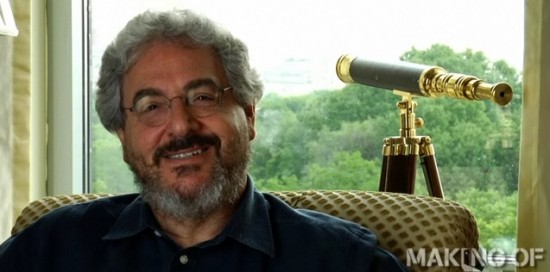The people of Malana are poor, illiterate and grow some of the world's best pot. That may be about to change.
By Joel Elliott — Special to GlobalPost
Click here for
photo gallery MALANA, HIMACHAL PRADESH, India — Half a dozen men, all in their 20s, began to stir as the first rays of sunlight broke over the snow-capped Himalayan peaks and warmed the interior of their guest house. They had been smoking hashish and drinking whiskey until the early morning hours.
Within the first hour of daylight, they lit up and began smoking again. They would not stir from their spots until sleep overtook them, a cycle they had established over the past couple of weeks.
This is the vacation many drug tourists experience in Malana, an ancient village of 1,600 known internationally for its "Malana Cream," coveted as some of the best hashish in the world. Most villagers can speak just enough English to facilitate a hashish sale.
“Do you want charas [hashish]?” one man asked a visitor.
“No charas, no thank you.”
“Charas? Malana Cream? You want.”
“No, thank you.”
He looked confused.
The mostly illiterate residents of Malana make their living from cultivating cannabis, or "charas," and have almost no other industry. Decades of mafia domination and a desire for quick cash has reduced a village with a rich history spanning thousands of years to little more than a drug production facility.
This is something O.P. Sharma would like to change. Sharma, once a farmer, then a narcotics officer, and now a freelancing anti-drugs activist, seeks not merely to eradicate cannabis from the area, but to provide the villagers with alternative cash crops as well.
“For the last three decades or more these people have been cultivating cannabis almost exclusively,” he said. “These people have never grown anything which is legal.”
News of the extent of Himachal Pradesh's drug cultivation broke in 2006 when Iram Mirza, a young journalist with CNN's local affiliate, went on an undercover reporting trip through the region. She found that thousands upon thousands of acres of unclaimed forest land in the mountains were being used for cannabis cultivation. European and Israeli drug mafias pulled all of the strings.
Similarly, a recent tour of the mountains and ridges surrounding Malana revealed scores of terraced fields full of cannabis.
“The cops come and raid with 100, 200, 300 men with swords, cutting down charas wherever they see it, but it's only once in a blue moon, and they never find the good plants,” said a drug user named Sumit (who asked that his real name not be used for fear of arrest).
Despite the fact that the hashish they cultivate ultimately becomes some of the most prized in the world, people in Malana live in squalor. Raw sewage flows across paths in the middle of town. Health and education facilities are poor. Many villagers suffer from eye and skin infections. Drug use begins at a very young age.
One reason for the village's lack of infrastructure is that the villagers receive only a tiny portion of the returns from their crops. Buy a tola, or 10 grams, of the best hashish in Malana, and you'll pay $30. But once that same hashish makes its way to Delhi, the price increases threefold, while the rate in Goa is 10 times the original sale price.
“In Amsterdam, it's like a vintage car,” Sumit said. “Dealers can name their price.”
In this system, the transporters and dealers, not the cultivators, make most of the money. Sharma hopes his plan will show the Malana villagers it is possible to make a decent living growing something other than cannabis. For the first step of the plan, Sharma secured a $3,900 grant from Sai Engineering Foundation Shimla to purchase almost 6,000 pounds of sweet peas and beans, which he gave to 225 of Malana's villagers to be planted.
Sharma figures a husband and wife farming team in Malana can make about $935 per year growing beans and sweet peas, versus what he estimates as a $1,000-per-year return on cannabis cultivation. He hopes the fact that his alternative crops are legal will persuade villagers to turn to them.
It won't be easy. Mirza is betting 60:40 odds — against Sharma.
“It's a herculean task,” she said. “You see, cannabis is such an intrinsic part of their culture. It's just growing out there; you can't control it. I saw fields — entire mountains covered with it — 3,000 acres of land under cultivation. Why would an average farmer go for an alternative crop?”
Only this summer's harvest will reveal the project's success.
 While your Naploleon Dynamite/Kenny Powers slash-fiction might never come to life, this is probably the next best thing. Comedy Central has just picked up a new show starring Jon Heder and produced Gary Sanchez Productions, Will Ferrell and Adam McKay's company that's responsible for Eastbound and Down, Funny or Die and Step Brothers.
While your Naploleon Dynamite/Kenny Powers slash-fiction might never come to life, this is probably the next best thing. Comedy Central has just picked up a new show starring Jon Heder and produced Gary Sanchez Productions, Will Ferrell and Adam McKay's company that's responsible for Eastbound and Down, Funny or Die and Step Brothers.






























